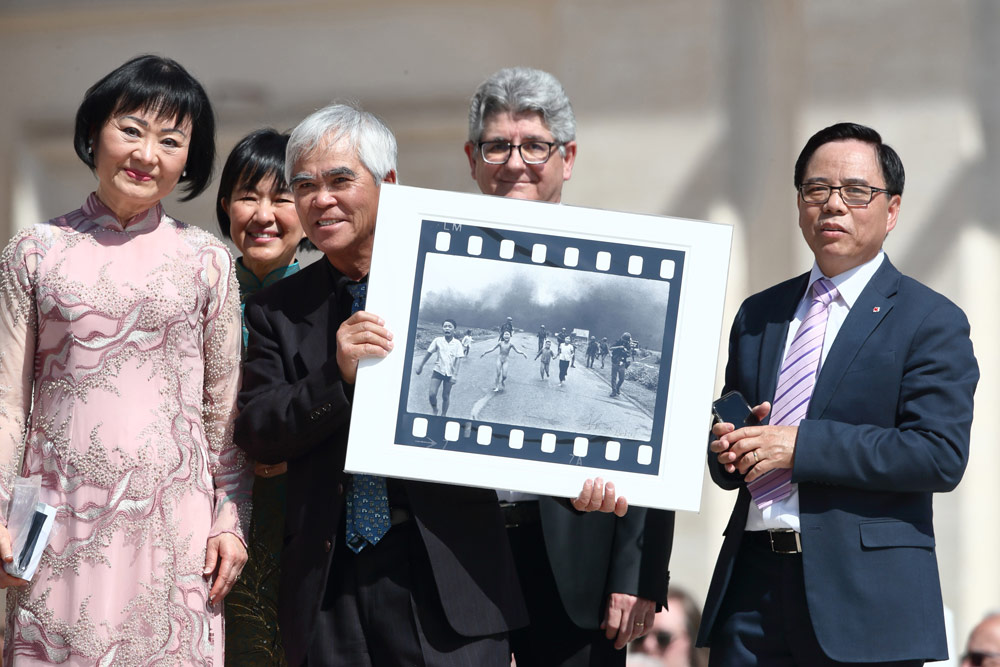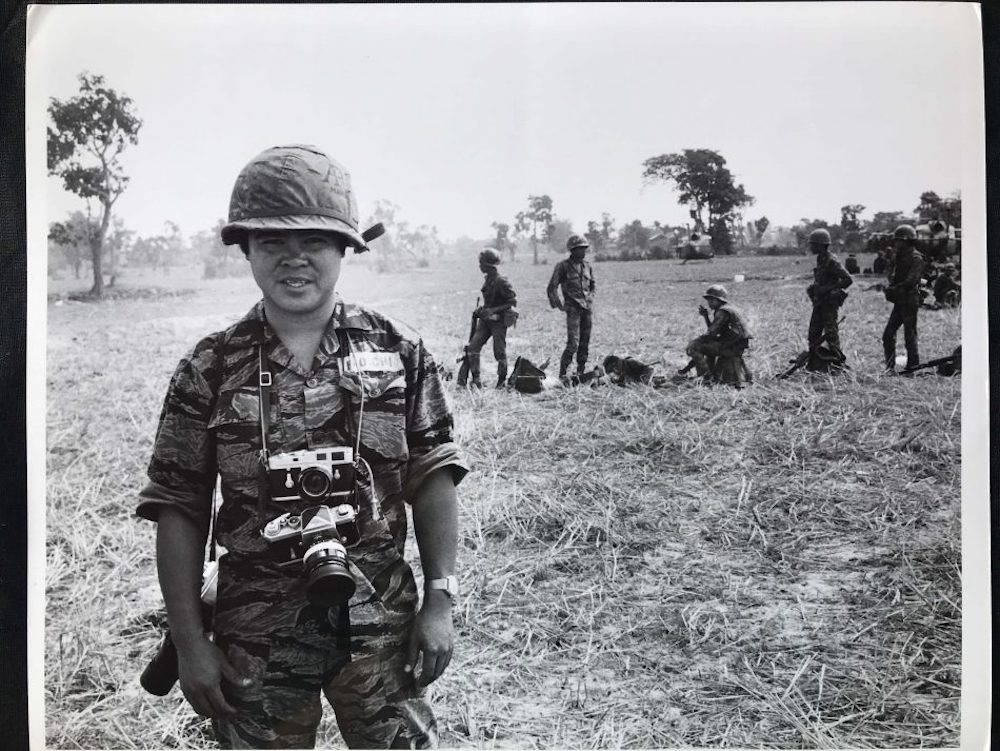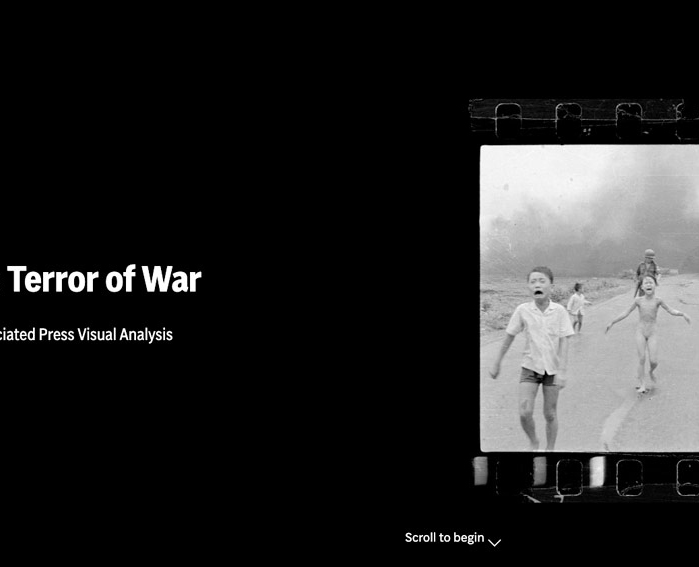Earlier this year we reported on allegations that Vietnamese photographer and long-time Leica user, Nick Ut, did not actually take ‘Napalm Girl,’ one of the most famous images to come out of the Vietnam war
A new movie, called The Stringer, claims that the harrowing image of burnt children fleeing a ‘friendly fire’ napalm attack in 1972 was taken by a Vietnamese freelance photographer, Thanh Nghe, rather than Ut – who was then a staff photographer for the Associated Press (AP) bureau in Saigon.
According to one of the AP’s picture editors, Carl Robinson, the bureau’s management decided to give the credit to Nick Ut, effectively hushing up the true identity of the photographer for over 50 years. Ut has strongly denied the allegations.

Following a year-long investigation, the AP has now concluded that Ut did indeed take the picture – you can see the full report here. David Kennerly, a former photographer for Time and Newsweek and a staunch supporter of Ut, highlighted one particularly telling part of the report’s findings.
‘Of 10 people on the scene that day that the AP reached, Nguyen (Mr. Nghe) is the only one who believes that Ut didn’t take the picture… believing Nguyen’s story would require several leaps of faith, including believing that the only time he ever sold a photo to a Western news agency it turned out to be one of the most famous images of the century.’
The report’s conclusion was definitive. ‘Following a nearly year-long investigation, the AP has concluded that there is not the definitive evidence required by AP’s standards to change the credit of the 53-year-old photograph.’
AP has also released an interesting ‘visual analysis’ of Napalm Girl in support of its decision.
Not taken on a Leica?
However, the investigation suggests that Ut took Napalm Girl on a Pentax camera, not a Leica, as Ut has always claimed. ‘It was also likely, though not certain, the image was taken with a Pentax, though some Nikon cameras had similar characteristics to some Pentax cameras of the same era,’ the report says.
Like most Vietnam War photographers, Ut would take a range of cameras with him to cover a story, including Leica and Nikon gear. In addition, he used a Pentax camera belonging to his brother, also an Associated Press photographer killed on assignment in Vietnam.

Taking several cameras gave photographers in this period a choice of focal lengths and reduced the risk of missing an important moment if they ran out of film (indeed New York Times photographer David Burnett, who was also present when the napalm attack happened in 1972, didn’t get a similar shot as he was changing film rolls).
As well as Burnett and Kennerly, other distinguished photographers who came out in defence of Nick Ut included James Nachtwey and former White House photographer Pete Souza.
Gary Knight, the producer of The Stringer and a well-known documentary photographer in his own right, has yet to comment on the AP report.







